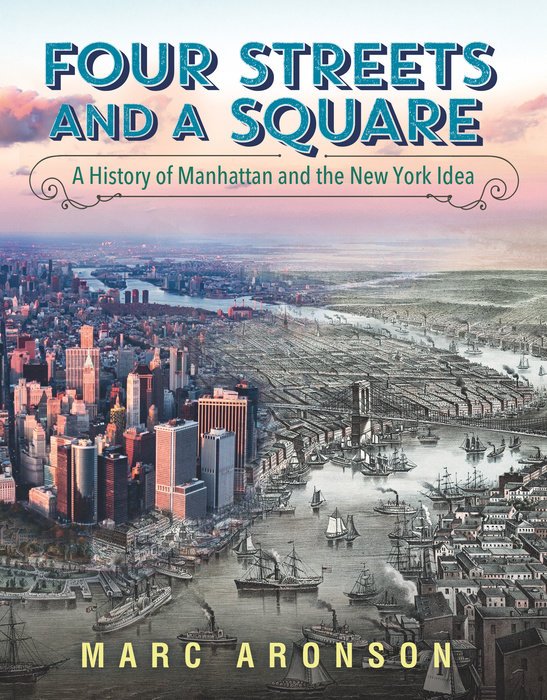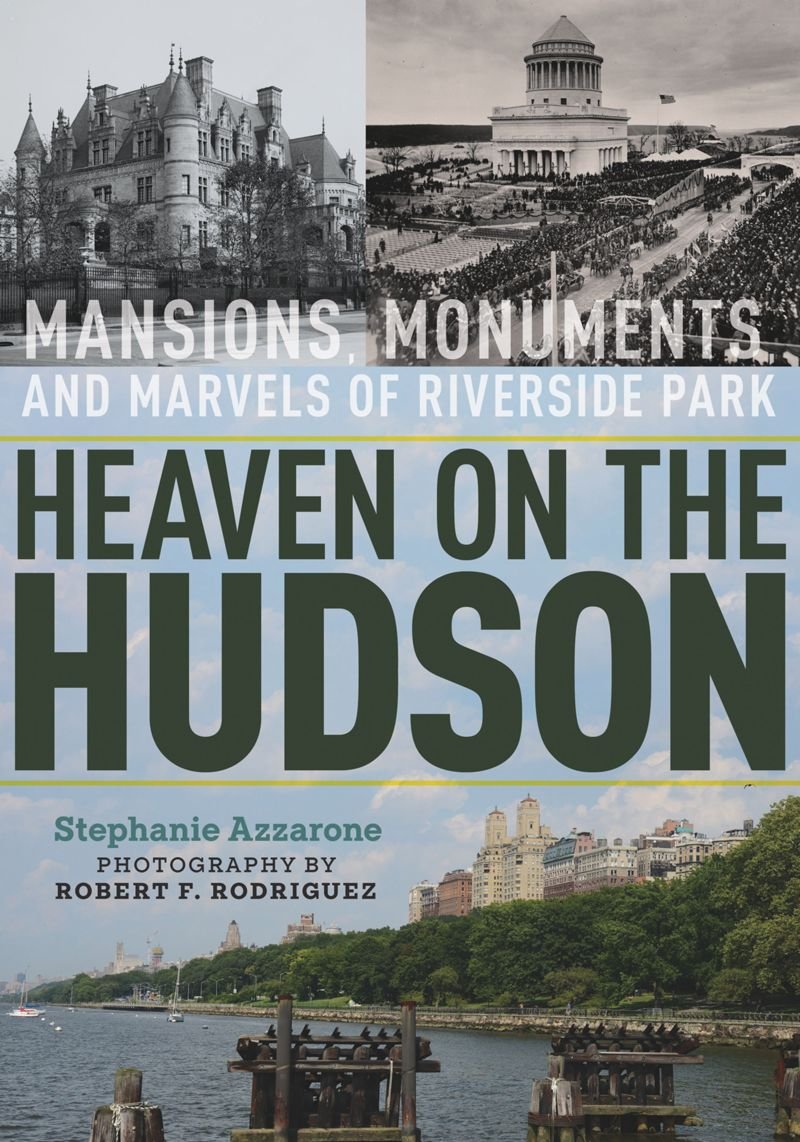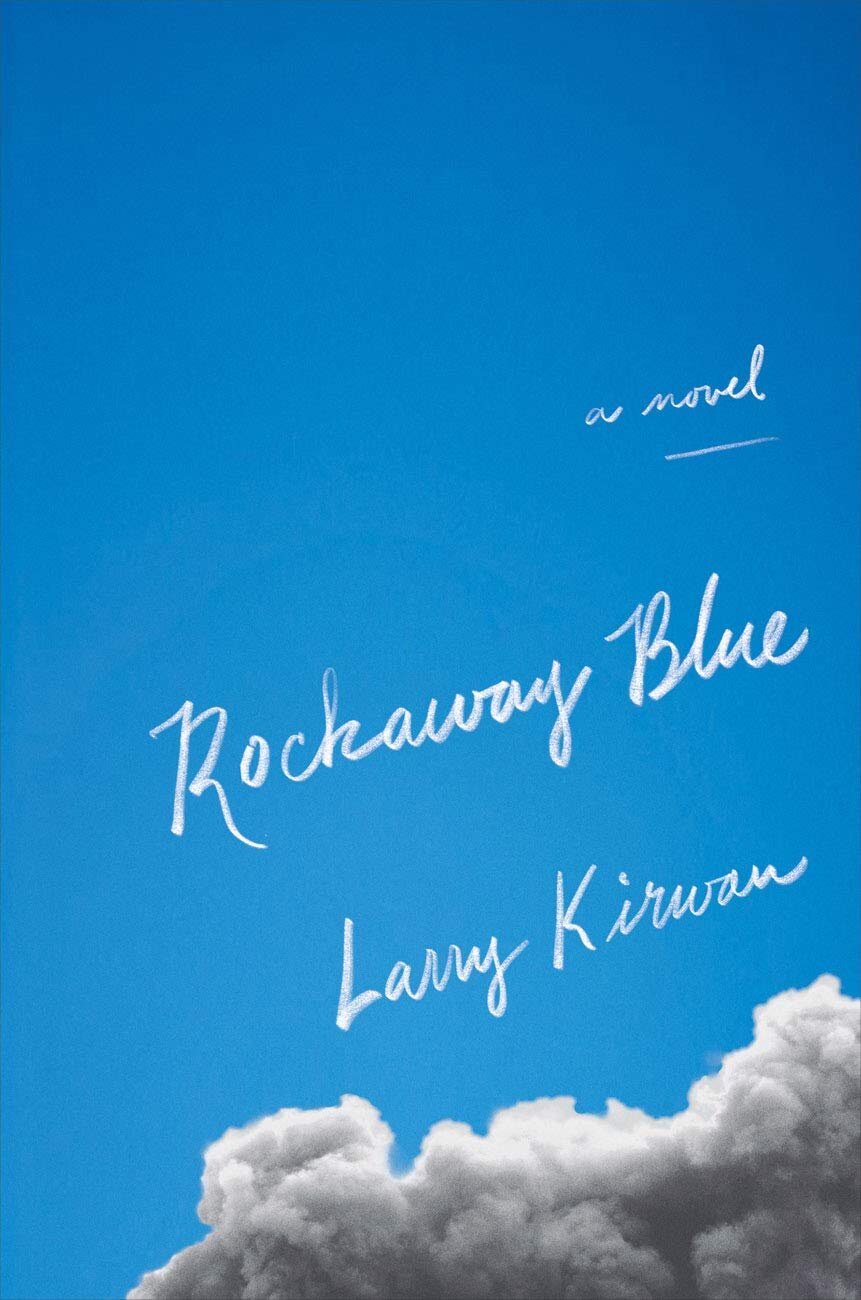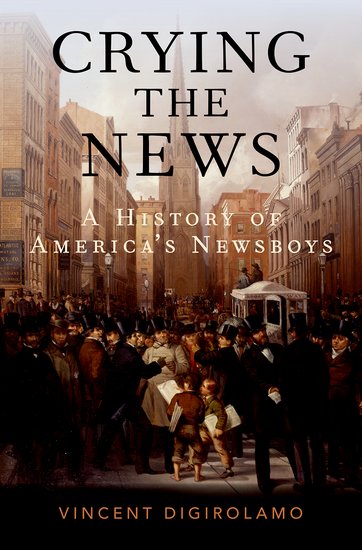New Books in NYC History (NBN)
A Podcast Featuring Scholars Talking about Recent Work in New York City History
Presented
with the
New Books Network
Marc Aronson explains how Manhattan has put different kinds of people close to each other--fostering curiosity, conflict and new cultural hybrids.
Jessica DuLong tells the forgotten story of the seaborne evacuation of lower Manhattan on September 11, 2001
Van Gosse offers a new perspective of the formative era of American democracy from the Constitution's ratification through Abraham Lincoln's election, chronicling the rise of an organized, visible black politics
Frederick M. Binder, David M. Reimers, and Robert W. Snyder cover the almost 500 years of New York City’s story of cultural diversity, political conflict, economic dynamism and unmatched human diversity
Adam Hochschild explores the life and the unlikely marriage of socialist women’s rights and labor advocate, Rose Pastor Stokes, and the great hopes of the Progressive Era in New York City
Kara Murphy Schlichting explores how local planning initiatives, waterfront park building, the natural environment, and a growing leisure economy on Manhattan’s periphery had on the regional development of New York City
Jim Mackin introduces former residents of a culturally and politically fertile slice of Manhattan from West 90s to 125th Street, a roster that will astonish even long-time residents of the area
Matthew Spady tells us how the Audubon homestead went from woodlands area to a multi-ethnic big-city neighborhood
Deborah Dash Moore
talks about one of the city’s most important ethnic and religious groups: the Jewish immigrants who, among other things, shaped popular culture in music, theater, and the arts, and influenced the city, state, and nation with a new wave of social activism
Sam Roberts tells the story of the city through bricks, glass, wood, and mortar, revealing why and how it evolved into the nation’s biggest and most influential metropolis
Christopher Bonanos talks about the iconic NYC
newspaper and street photographer ‘
Weegee’
Richard Haw talks about the
oddball John Roebling, who engineered the Brooklyn Bridge
—
a marvel of stability at a time when suspension bridges routinely fell down
Jeanne Theoharis talks about Jim Crow in NYC, and her new volume on segregation in the North, co-edited with Brian Purnell
Lisandro Pérez talks about how NYC became the headquarters of Cuban émigré life in America, until the Miami Exodus of 1960 — from wealthy sugar plantation owners to working-class cigar makers and leaders of the fight against Spanish colonialism
Stephanie Azzarone lifts Riverside Park and its surroundings from the shadows and sheds light on its architectural and natural beauty.
Larry Kirwan probes the griefs, trauma and resilience of Irish American New Yorkers wresting with the deaths and aftershocks of that terrible day
Edgardo Meléndez examines the activities and ideals of Puerto Rican revolutionary exiles in New York City at the end of the nineteenth century
Rose Muzio analyzes how structural and historical factors influenced young Puerto Ricans to reject mainstream ideas about political incorporation and join others in struggles against perceived injustices
Bruce D. Haynes explores the historical and social forces that transformed Harlem over the past century through the story of one Harlem family over three generations
Ariella Rotramel discusses the activism of working-class women of color around labor, environmentalism, housing, and other non-feminist-specific agendas
Philip Mark Plotch talks about the nearly century-long stops and starts to the building of the Second Avenue line, and the challenges, problems, and triumphs of the NYC
subway system
Jesse Hoffnung-Garskof talks about the
Cubans and Puerto Ricans of African descent who settled in NYC during the late 19th c. and
built a political network that championed revolution, and racial and social justice, back home
Johanna Fernandez talks about the radical Puerto Rican group of the 1960s, which consciously fashioned itself after the Black Panther Party, and took aim at NYC’s inequalities
Vincent DiGirolamo talks about the young boys who served as the backbone of newspaper labor in NYC and beyond for much of American history
Elizabeth Macaulay-Lewis talks about the Greco-Roman influence of buildings, monuments and public spaces in NYC, and her new volume, co-edited by
Matthew McGowan
Clarence Taylor, dean of the history of the civil rights movement in NYC, looks at black resistance to police brutality and efforts to hold the NYPD accountable since the late 1930s
Evan Friss talks about how the bicycle shaped NYC’s social, economic, and cultural development, and the struggle between riders, pedestrians and drivers over transportation, leisure, and public space



























